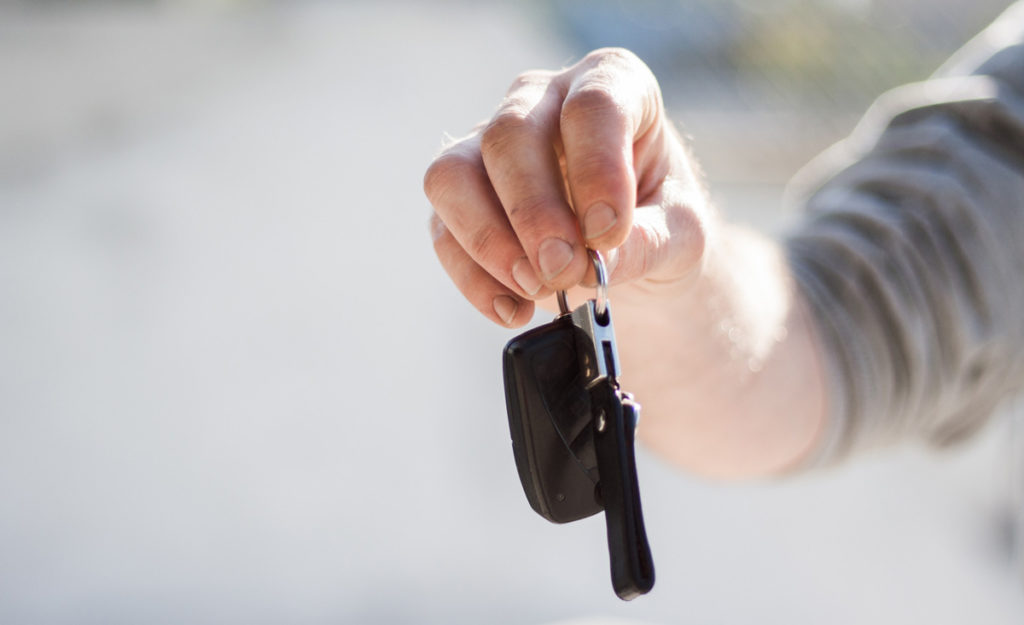6 signs that make you an easy target for hijackers in South Africa

Hijacking remains rife in South Africa, but some motorists are more prone to being targeted than others.
That’s because these drivers do not pay attention to their surroundings as best they can and are often preoccupied with other things when behind the wheel, such as their phones or other passengers, making them easy game for ruthless criminals.
Charnel Hattingh, head of marketing and communications at Fidelity Services Group, highlights that when it comes to crime in our beloved Mzansi, we all have a role to play in avoiding falling victim.
“Victims of crime are often heard saying ‘they came out of nowhere’,” said Hattingh.
“No, they didn’t. They were in that blue car you drove past as you pulled into your driveway, or the guy with the gun was sitting on the sidewalk and you barely noticed him.”
Vigilance is your best defence when travelling the country’s dangerous roads, said the expert.
“This means be aware of your surroundings, turn the radio down, cut any call you may be on, and focus on the immediate environment,” she said.
Hattingh says these six things make you vulnerable to hijackers or vehicle theft:
- Being unobservant and preoccupied when pulling into your street and driveway.
- Boxing yourself in by pulling up right to the gate and waiting for it to open.
- Not noticing you are being followed.
- Following the same routine day in and day out.
- Not checking your car is actually locked before walking away.
- Not having any vehicle protection devices fitted.
“Avoiding falling victim to hijacking is not about the car you drive. It is about being alert and aware of your surroundings,” said Hattingh.
How to handle a hijacking
It’s equally important to know how to respond in a hijacking situation should you become a victim, specifically if you have children in a car.
In most cases, the hijacker is armed and it is oftentimes a younger individual attempting to carry out the crime as a “right of passage” to be part of a gang or syndicate, which can make the situation more dangerous as they are inexperienced, nervous, and more likely to jump on the trigger.
When the individual approaches your car, turn off the engine and raise your hands so that they can see you are willing to cooperate. Thereafter, slowly disconnect your seatbelt and move it over your body with one hand while keeping the other hand visible.
If you have an older vehicle that still requires a key in the ignition, remove it if possible before getting out. This will buy you a few extra seconds to get other people out of the car once the thief gets into the driver’s seat.
As you exit the car, keep your arms and hands high, huddle your shoulders to protect the more vulnerable parts of your body, and hand over the key while keeping your back to the car in case the hijacker becomes violent.
It’s all about biding time while protecting yourself and your passengers from harm. The precious seconds it takes for the hijacker to grab the key, get into the car, start it, and drive off could be enough to help a child or elderly relative out of the vehicle before they are taken along for a frightening ride.
The criminal wants to hijack the car as quickly as possible, which in the past has sadly seen them leave with a baby still in the back seat, who may end up getting abandoned miles away or even ransomed.
If you have a car with keyless entry and start, it’s recommended to always take the key out of your pocket and leave it somewhere in the cabin. Forgetting it on your person could give the hijacker a reason to come back looking for you.
Additionally, don’t try to be clever and throw away the key as this could lead to a dangerous physical altercation.
If you travel with a baby, it is recommended to position the child seat directly behind the driver’s seat, rather than on the opposing side which parents commonly do to make it easier to check on them while driving.
This is because it makes it a lot easier and safer to grab the child from the back during a hijacking, as a hijacker may not wait for you to go all the way around the car, and they also won’t like it when you try to leave their line of sight.
If the child is very young and uses an ISOFIX-mounted car seat, it’s also best to disconnect the seat entirely rather than trying to undo their seatbelt.
It is actually quicker to disconnect the entire seat, and if the criminal tries to drive off before you are finished the shell of the seat will protect the infant from the car door potentially slamming on them as you pull them out.
Finally, if your car has a tracker and you know where it is, tell them immediately, as this is another reason why a hijacker may choose to bring you with them to help search for the device at another location.
“The main thing is to remain calm, and let them take the vehicle,” concludes Hattingh.
“You can replace your car. You can’t replace a life.”










